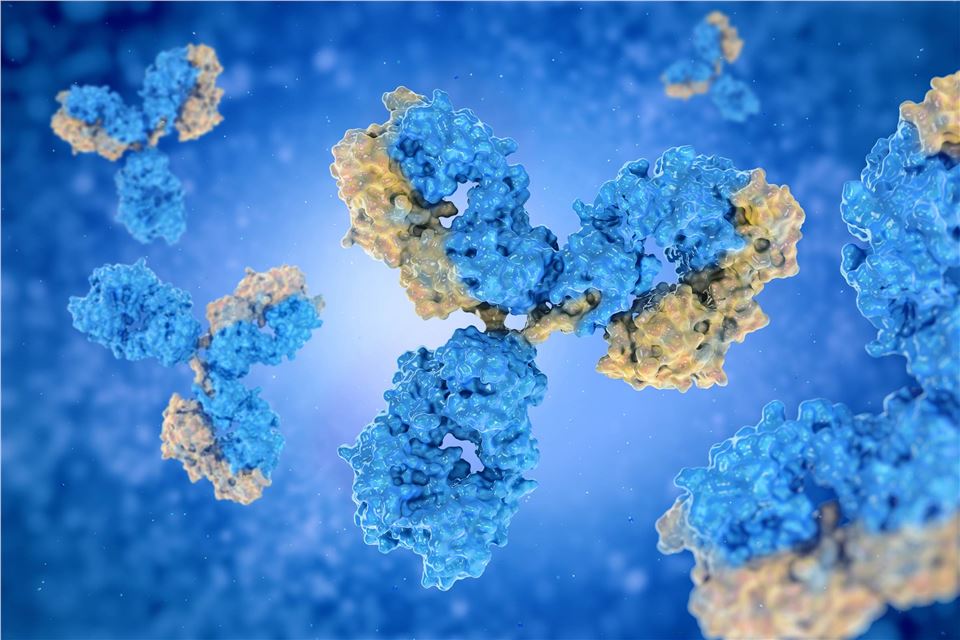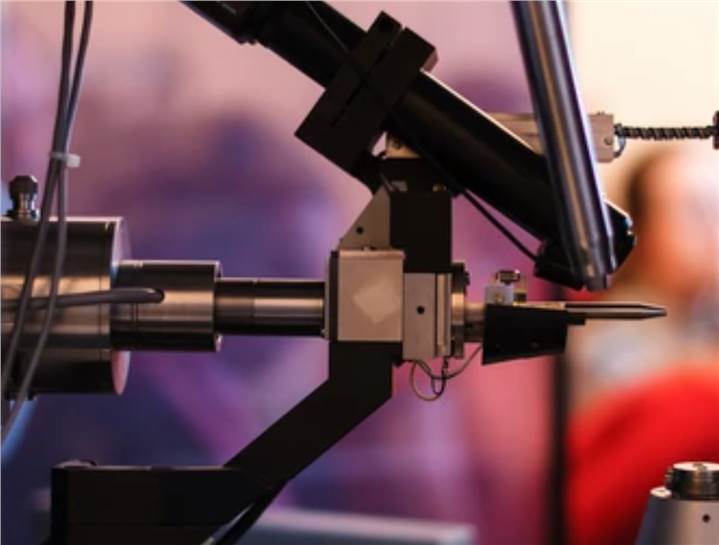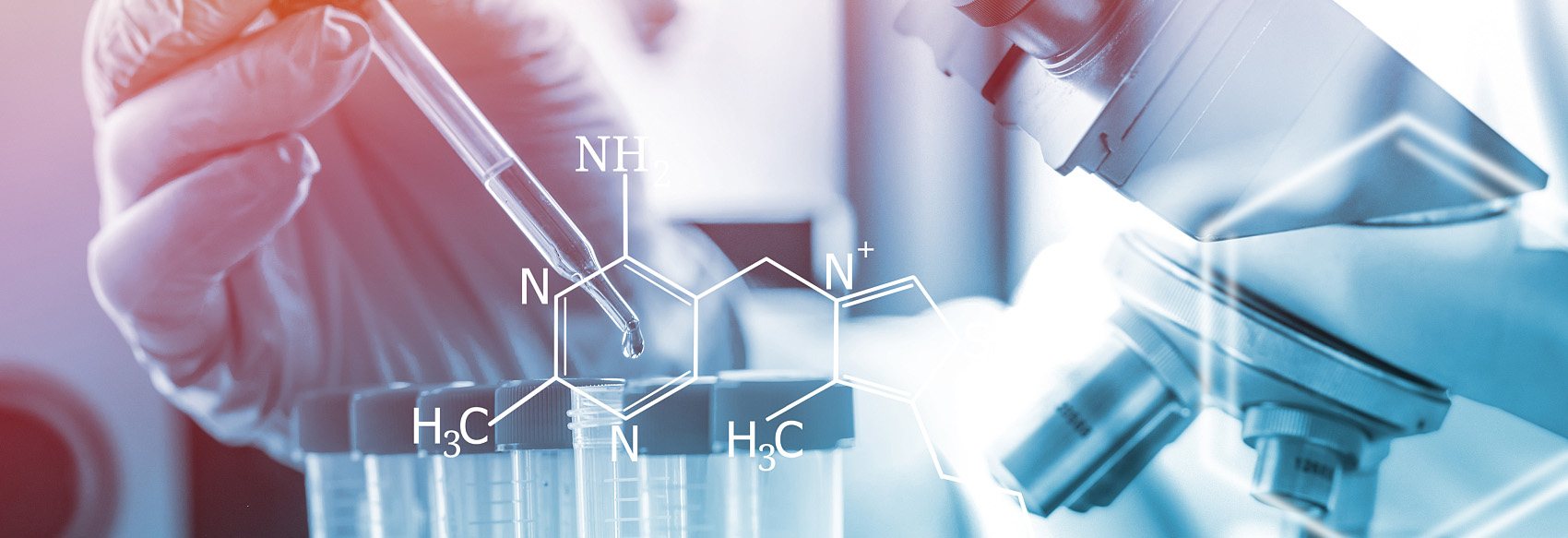Protein crystal structures are frequently utilized in medical research and development for structure-based medication design and have become a crucial tool. One of the most common ways to examine the three-dimensional (3D) fine structure of biological macromolecules is by X-ray diffraction of proteins and their complex crystals.
Our company provides professional protein crystal biology services to determine the complete three-dimensional structures of proteins and their complex assemblies for the study of molecular structure-function relationships in life activities and to reveal the physicochemical properties of life phenomena.
Service Overview

Our company helps you start from gene design, gene optimization, gene synthesis, subcloning, protein expression, and solubility testing, large-scale protein preparation, crystal screening, crystal optimization, X-ray data collection, structure analysis, and finally submission of data to PDB.
We have the world's largest protein structure research platform, applying first-class hardware and software to determine about tens of thousands of crystal structures per year with a high success rate and high resolution.
Our company can provide you with but is not limited to, the following services.
- High-throughput screening of protein crystal conditions.
- Protein synchrotron diffraction data collection.
- Protein-compound co-crystallization analysis
- Fragment screening.
- Analysis of protein crystal structures.
- Analysis of protein, small molecule, and protein-protein interactions.
Research Capabilities
Automatic high-throughput screening of protein crystallization conditions, preparation of optimized solutions and crystal imaging
We have automated equipment that integrates crystallization condition screening, crystal optimization, solution preparation, crystal observation, and imaging. High throughput screening of thousands of crystallization conditions can be efficiently accomplished by different methods such as the suspension drop method and sitting drop method in the range of 4°C to 30°C.
Co-crystallization of small molecule/protein complexes or multi-component protein complexes
We obtain eutectic structures of protein and small molecule complexes by co-crystallization or immersion methods.
Crystallographic screening of fragment and compound libraries
We use crystallographic methods to screen our own library of fragment compounds, allowing us to obtain information on both whether the compound is bound and the binding site.
Automatic data processing, structure determination and structure refinement of diffraction images
Molecular substitution, experimental phase determination and direct methods are used to determine protein crystal structures.

Analysis of protein, small molecule and protein-protein interactions based on crystal structure at the atomic resolution level
By analyzing the crystal structures of complexes formed by proteins and compounds, we can obtain detailed atomic interactions between the two to guide the optimal development of drug molecules. Also with the help of computational chemistry analysis, we can greatly improve the drug-forming properties of drug molecules in a short period of time. By analyzing the complex structures formed by antigens and antibodies, accurate epitope information can be obtained.
Our Advantages
- From gene to protein structure delivery and article writing assistance, the whole process is packaged.
- Multiple protein expression preparation systems, including E. coli, human HEK293 cells and insect expression systems.
- Fully automated, high-throughput, large-scale protein crystallization screening.
If you are looking for smarter, higher quality solutions that incorporate best practices, please feel free to contact us.
Related Services
It should be noted that our service is only used for research, not for clinical use.


